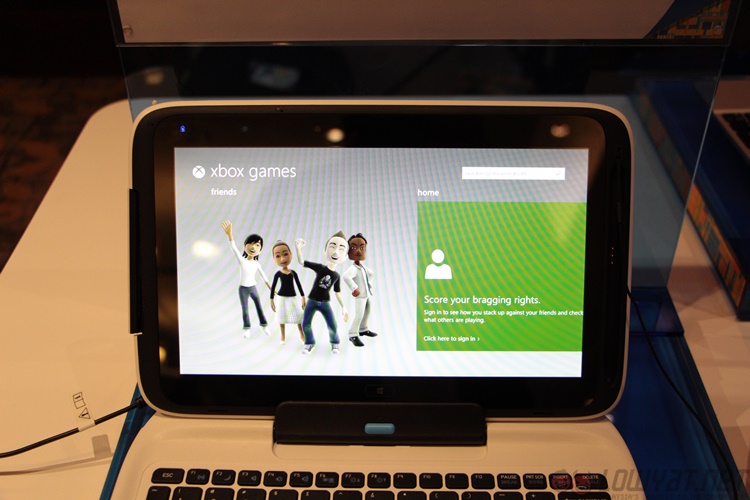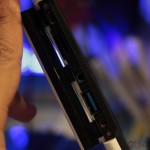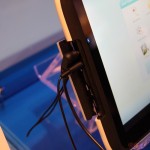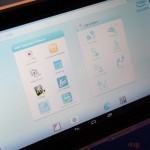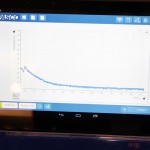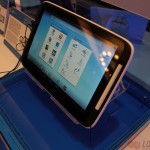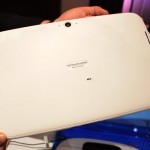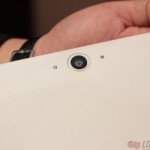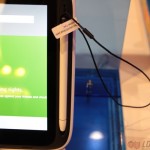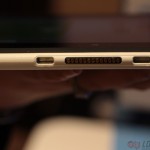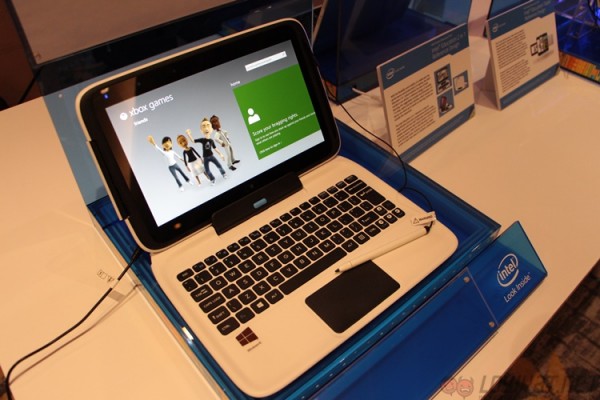
Getting computers into the classroom is one of the goals for Intel, and it is fully prepared to show the world precisely what it intends this future to look like. The Intel Future Showcase provided two separate reference designs that display the technology giant’s vision for mobile educational hardware.
The Intel Education 2-in-1 Reference Design and Intel Education Tablet Reference Design are both identical in design, sporting more or less the same ports and form factor. The tablet is also similarly capable of attaching to the keyboard portion of the 2-in-1 computer, which initially caused journalists some confusion of the two devices.
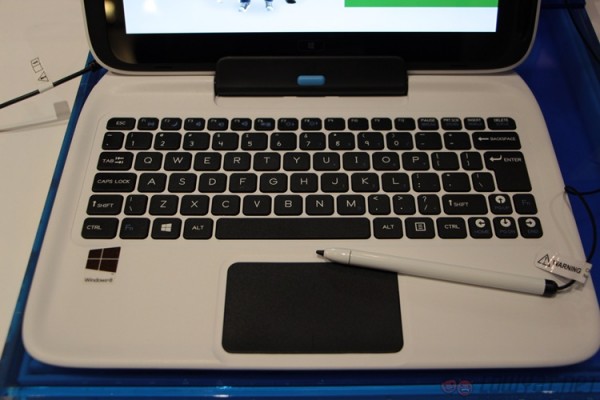
Intel did not share the internals of the device, or any real specifications for that matter; The tablet appears to run on a customised version of Android, while the 2-in-1 is a Windows 8 based system. Instead, representatives chose to highlight the potential applications of the design. Fitted to the reference tablet was a thermometer and microscope attachment for use in science lessons.
The thermometer takes continuous readings, and resembles a cable that is not connected to anything. Ideally, this would be deployed to take readings from liquids and solutions during chemistry lessons; reducing the need for schools to maintain fragile mercury thermometers.
Alongside this was the microscope attachment for the reference tablet. It provides low level magnification, mostly due to the size of the peripheral. While the apps included with the two reference devices weren’t entirely intuitive, and perhaps would need a teacher to guide students as to what they are seeing means.
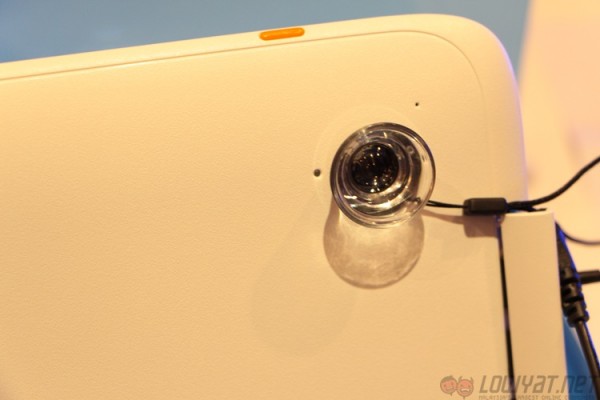
The construction of the devices is reasonably rugged, although still feels a little plasticky. Intel claims that it is drop resistant up to 70cm and IP52 water- and dust-resistance, providing some amount of survivability in the hands of students; although they probably aren’t going to be very good at absorbing a large amount of punishment.
Fortunately, the flap covering the ports on the devices is one of the more robust types that we have encountered in recent times. The 2-in-1 computer features a USB 3.0 port and a mini-HDMI port next to the full sized SD card slot; while the tablet retains the mini-HDMI and shrinks the SD card slot to the microSD version. The port is also reduced to a microUSB 2.0 port.
Intel is also deploying new solar charging technology to allow these devices to be deployed in places with limited access to power grids for a lower cost. The company made this decision due to cost concerns from rural areas in deploying solar power to keep their schools powered.
It will be interesting to see how these reference designs are received, or what Intel intends to achieve with these things. Experiments with educational computers seem to indication that Google’s Chrome book is the device of choice, possibly due to the price of the machine. It is difficult to see Intel’s reference devices matching that price with all the extra sensors they pack.
Intel Educational Reference Tablet
Intel Educational Reference 2-in-1
Follow us on Instagram, Facebook, Twitter or Telegram for more updates and breaking news.


